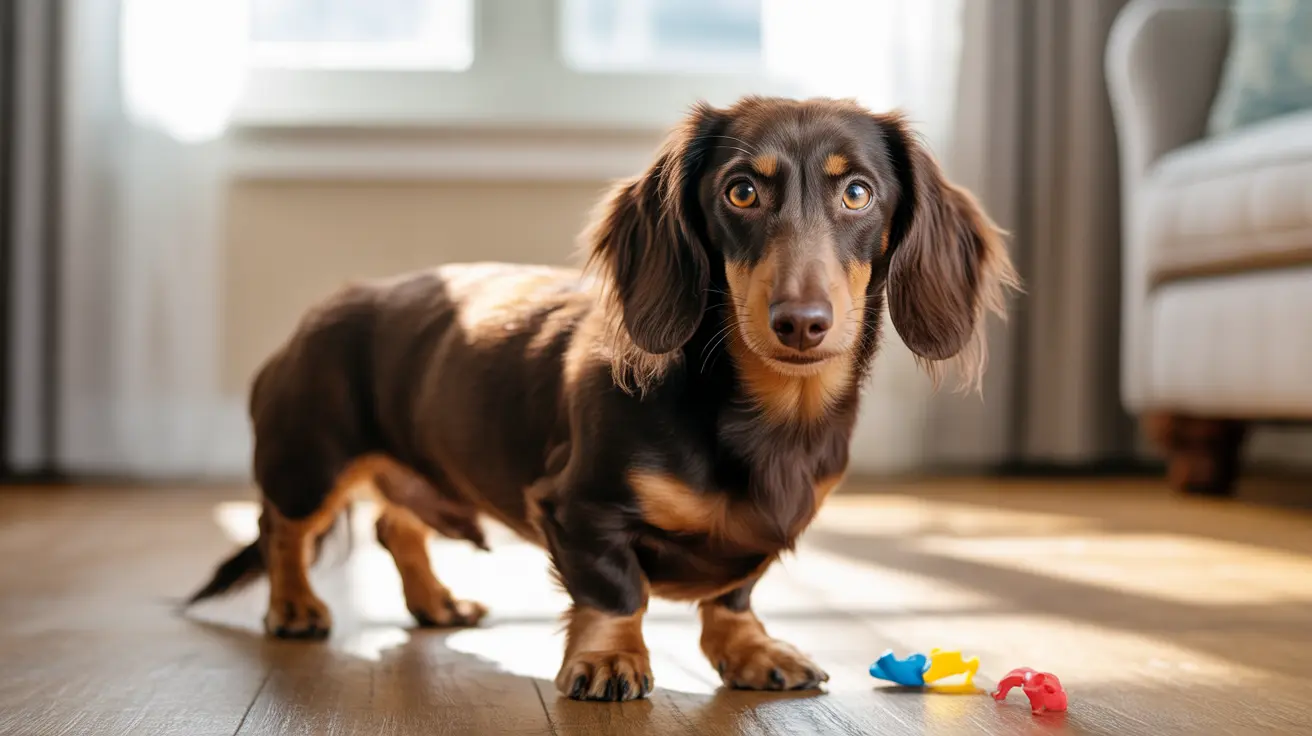How to Effectively and Humanely Manage Aggression in Dogs
Aggression in dogs is a serious concern that requires careful planning, consistent effort, and often professional support. Understanding the underlying causes and employing humane strategies are essential for reducing aggressive behaviors safely and effectively.
Recognizing Signs of Aggression
Aggression can manifest subtly or overtly. Common indicators include:
- Growling
- Showing teeth or snarling
- Lunging or snapping
- Standing rigid or still
- Biting, with or without causing injury
Recognizing early signs allows for intervention before escalation.
Understanding Causes and Triggers
Dog aggression may stem from various sources:
- Fear – often linked to lack of confidence or past trauma
- Territoriality – defending space or items
- Possessiveness – guarding food, toys, or people
- Pain or medical issues – physical discomfort can lead to aggression
- History of abuse or neglect
Identifying specific triggers, such as strangers, other dogs, or noisy environments, is crucial in tailoring a management plan.
Principles of Management
Avoid reactive disciplinary methods. Instead, focus on:
- Creating safe environments where your dog can relax
- Limiting exposure to triggers until training is underway
- Using secure containment tools like harnesses or muzzles
- Establishing predictable routines for stability
Desensitization and Counterconditioning
This method changes the dog’s emotional response to a trigger:
- Identify the trigger (e.g., another dog)
- Introduce it from a comfortable distance
- Pair exposure with high-value rewards like treats
- Gradually decrease the distance as tolerance builds
Progress should be slow and based on the dog’s readiness.
Positive Reinforcement
Reward desired behaviors immediately with:
- Food treats
- Verbal praise
- Play or toys
Never punish growling—it’s a warning sign. Punishment may suppress communication and increase dangerous outbursts.
Training and Enrichment
Teach and reinforce basic commands like sit, stay, and recall. Mental stimulation is also essential:
- Interactive puzzle toys
- Scent work activities
- Learning new tricks
Supervision and Socialization
Socializing an aggressive dog must be structured:
- Start with parallel walks with a calm, neutral dog
- Reward calm behavior
- Progress to brief, controlled interactions
- Gradually increase exposure duration
Always supervise all interactions and ensure every session ends positively.
When to Seek Professional Help
For safety and effectiveness, consulting a professional is often essential:
- Certified dog trainers experienced in aggression
- Veterinary behaviorists who can assess medical factors
- Behavior consultants for customized modification plans
In severe cases, medication may be prescribed as part of the treatment strategy.
Special Considerations
For dogs with histories of abuse or trauma:
- Prioritize trust-building and consistency
- Provide safe spaces that feel comfortable and secure
- Never use force or punishment, which can worsen behavior
Final Thoughts
Disciplining an aggressive dog requires
patience,
consistency, and a
gentle approach. Focus on management, positive training, and collaboration with professionals. While the road may be long and non-linear, progress—even if gradual—is always worth celebrating.





